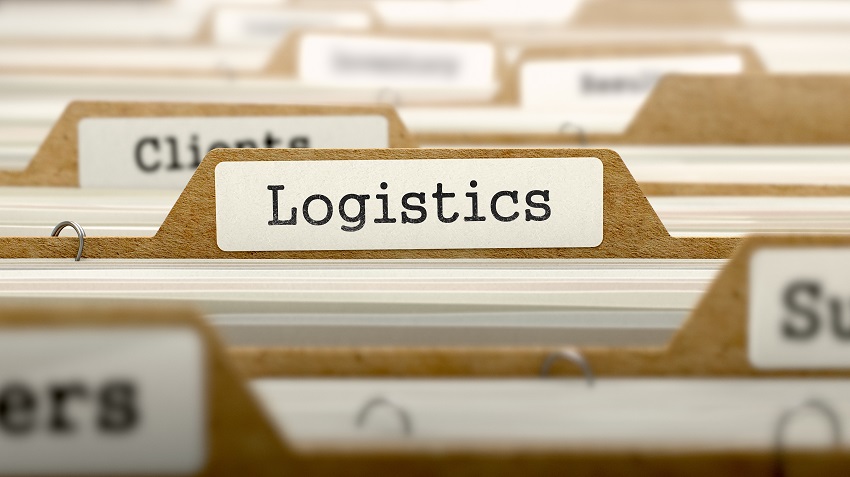With rising rates and surcharges, many ecommerce companies are finding that shipping has become a larger portion of product costs than it was just a few years ago. Logistics-related expenses — such as shipping, packing, and storing — can sometimes account for 25% of a company’s cost of goods sold (COGS). Logistics technology is an effective way to manage, and lower, these costs.
Here are five ways logistics technology can drive cost efficiency in a shipping operation.
Carrier Choice
Choosing carriers and understanding rates is a time-intensive process that requires a lot of data and complex calculations. The days of manually selecting carriers are long gone for companies leveraging technology, such as a Transportation Management System (TMS). A TMS helps businesses choose the best carrier for every shipment in real time based on cost and service. In fact, 40% of respondents in an ARC survey said that without their TMS system, shipping costs would rise by 5% to 10%, and 23% of respondents said they would increase by even more!
Having more delivery options to choose from helps logistics decision-makers to create the right balance of cost and service. Technology can also assist with vetting carriers to make sure they are insured, are well-rated, and provide necessary services such as load tracking.
Real-Time Shipping Updates
The ability to know the exact location of trucks and packages is no longer considered just a luxury extra provided to customers. For most shippers, real-time track and trace is a minimum expectation of any carrier partner. Technology allows key shipment data like tracking and proof of delivery to be transmitted to the customer in real time using newer methods of data interoperability such as APIs or geofencing. Both are tools which enable customers to know delivery location and status almost instantaneously. There is no need to “track down” packages with phone calls to dispatchers or drivers anymore.
Better Routing
Load planning and driver routing technology can have a significant effect on logistics costs. Companies with complicated delivery patterns spend a lot of time and money on planning with little certainty their networks are really optimized. Technology develops routes from a more strategic perspective than an individual could manage by taking into consideration more factors like carrier rates, delivery windows, and other requirements. Factoring in all these elements and making the best choice for each shipment is laborious and time-consuming for humans and easy and rapid for well-designed logistics technology.
Less Paperwork
Logistics managers and their teams can become bogged down in all of the manual paper-based processes that they are responsible for. Moreover, a single error can cause problems up and down the supply chain. However, digitization of documentation cuts down on those errors because it reduces the volume of manual tasks (like handwriting shipping instructions or information on BOLs). Logistics technology also allows for the data to be stored in a central location, making it accessible to everyone who needs it.
Improved Customer Experience
All of the benefits mentioned above improve logistics operations when it comes to getting shipments out the door and to the customer. Technology also allows the information about a shipment to travel with it — or at least at the same speed. Integrating processes and systems increases transparency and communication between the company, carrier, and customer in ways that were not possible previously. Phone calls and waiting for paperwork are no longer bottlenecks that slow down the process and must simply be accepted by customers. All of this adds up to a greatly improved customer experience.
While logistics technologies streamline processes that were formerly done manually, they also turn complex tasks into simple ones through automation. Time-intensive tasks such as load planning and carrier choice become easier and cost-optimized – shipping done better.
Contact us at info@transportationimpact.com to learn more about what logistics technology, will mean to your company’s costs.


